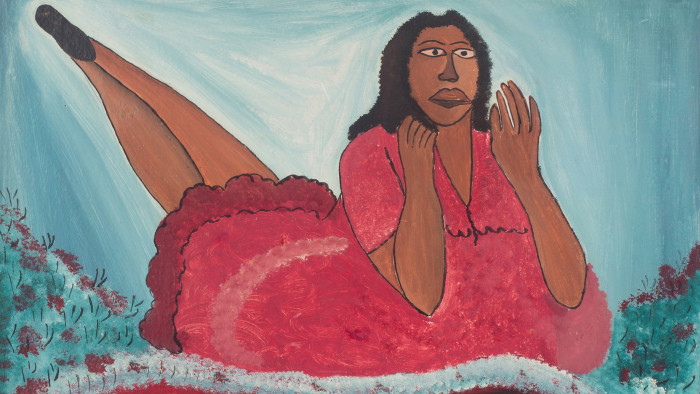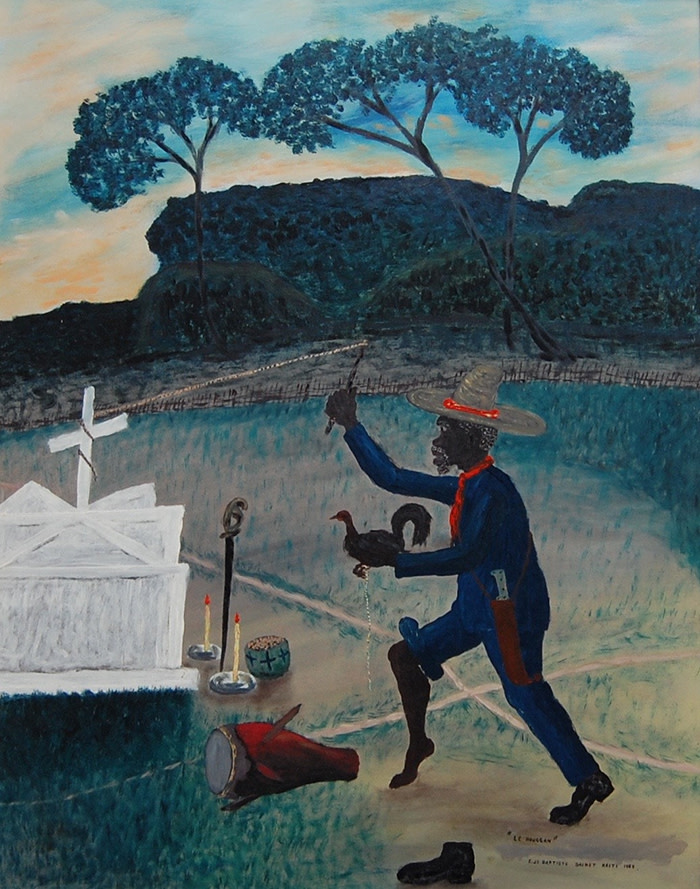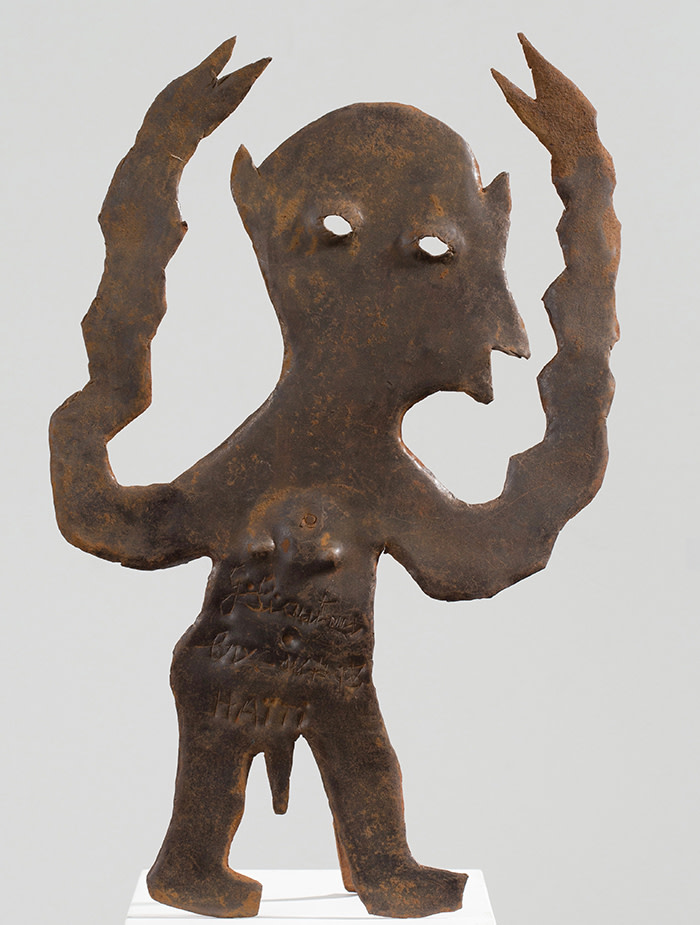The Gallery of Everything brings Haitian art to London

Simply sign up to the Life & Arts myFT Digest -- delivered directly to your inbox.
The Gallery of Everything, which specialises in self-taught or so-called outsider art, has an unusual three-part rolling project under way. Opened last weekend in its London gallery on Chiltern Street is the first part of Art + Revolution in Haiti, showcasing the unique, vibrant artistic traditions of this small Caribbean nation. This is followed by sister shows at both the 1-54 African art fair and at Frieze Masters, forming a uniquely substantial showing of Haitian art in London.
Haiti has a proud history, as the only nation in the western hemisphere to have been established by a slave revolt, but over the past century it has been blighted by dictatorship and poverty and devastated by violent natural disasters: earthquakes, hurricanes, and subsequent epidemics. It is currently the poorest country in the Americas.
The tough, complex lives of its artists are reflected in work that ingeniously, sometimes riotously, knits together influences from voodoo, Catholicism, myth, freemasonry and a background of slavery. This art exploded into the outside world when in 1945 the French surrealist André Breton visited the island and was stunned by the work of the self-taught genius Hector Hippolyte, whose dreamlike images were created with chicken feathers and the help of voodoo spirit guides. Breton declared Hippolyte a brother in Surrealism, promptly acquired several of his canvases and toured them around Europe, sparking a vogue for this brilliantly original and imaginative work.
Tourists began to visit, along with writers and musicians; luminaries such as Truman Capote, Jean-Paul Sartre and André Malraux made the island culturally fashionable; curator René d’Harnoncourt bought work from the group of artists working at Le Centre d’Art d’Haïti for New York’s MoMA.

Political satire was added to the stewpot of artistic influences when the dictator “Papa Doc” Duvalier came to power in 1957, terrorising the people of Haiti by means of his brutal Tonton Macoute militia, using voodoo as part of his repressive weaponry. Openly criticising Papa Doc was lethally dangerous, so artists often satirised the regime using animal imagery: painter Fritzner Lamour, for instance, dressed chickens and guinea fowl — image of the Duvalier family — in jackboots.
Over the years, however, Haitian art fell victim to a wave of poor-quality overproduction and faking, and lost much of its standing in the art world. Recent important exhibitions, such as that at Paris’s Grand Palais in 2015, have revived the reputations of the finest Haitian artists: the Gallery of Everything shows will continue this initiative.

The Chiltern Street gallery is showing expressive metal cut-outs by the sculptor Georges Liautaud, who died in 1991 (until November 11). Robert Saint-Brice, a visionary painter who died in 1973, features on the booth at the 1-54 fair (October 4-7), and simultaneously at Frieze Masters (also October 4-7) the gallery is showing works by the great Hippolyte and others.
Follow @FTLifeArts on Twitter to find out about our latest stories first. Subscribe to FT Life on YouTube for the latest FT Weekend videos
Comments